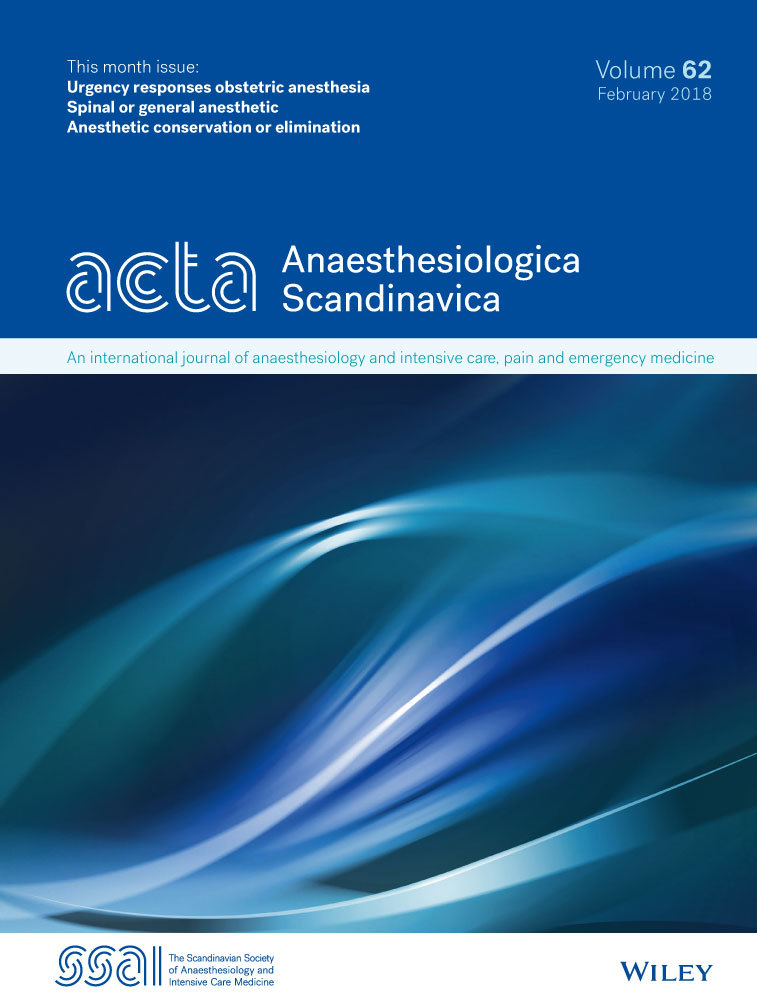Abdominal girth and dorso-sacral distance can be used to estimate lumbosacral cerebral fluid volume
Conflict of interest
The authors have no conflicts of interest.
Funding
This work was supported by the Health development planning commission of Zhejiang province [2015KYB389].
Abstract
Background
Patients’ abdominal girth and vertebral column length are highly correlated with the spread of local anaesthetics after spinal anaesthesia. Lumbosacral cerebrospinal fluid volume is the primary determinant for spinal spread. Thus, we attempted to verify the hypothesis that abdominal girth and dorso-sacral distance are correlated with lumbosacral cerebrospinal fluid volume.
Methods
Forty-five healthy volunteers were enrolled in this study to measure lumbosacral cerebrospinal fluid volume using magnetic resonance imaging. The age, height, weight, abdominal girth, dorso-sacral distance and lumbosacral cerebrospinal fluid volume of the volunteers were recorded. Multiple linear regression analysis was used to analyse the correlation between age, height, weight, abdominal girth, dorso-sacral distance and lumbosacral cerebrospinal fluid volume.
Results
Two volunteers were excluded because of lumbar disc herniation, leaving 43 volunteers for analysis. Multiple linear regression analysis showed a strong correlation between abdominal girth, dorso-sacral distance and lumbosacral cerebrospinal fluid volume (both P < 0.01). The adjusted R2 was 0.644. Volunteers with small abdominal girth showed clear images of cerebrospinal fluid in the nerve root cuff at the intervertebral foramen in the three-dimensional magnetic resonance imaging reconstruction of lumbosacral cerebrospinal fluid, while the images were vague in volunteers with large abdominal girth. Clearer images implied larger lumbosacral cerebrospinal fluid volume, while vaguer images, smaller lumbosacral cerebrospinal fluid volume.
Conclusions
Multiple regression analysis revealed that abdominal girth and dorso-sacral distance were correlated with lumbosacral cerebrospinal fluid volume. Smaller abdominal girths and larger dorso-sacral distances predict larger lumbosacral cerebrospinal fluid volume.




